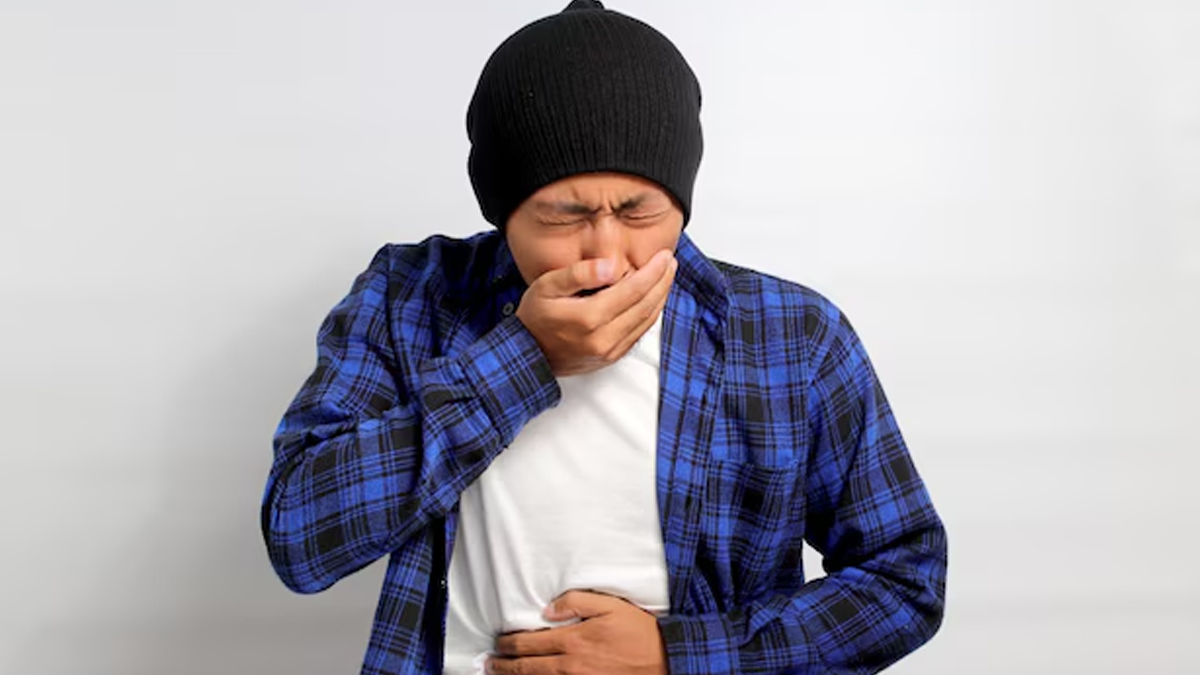
Indigestion is a common problem that is caused by overeating, eating processed, fatty foods, or due to stress. It generally occurs when stomach acid comes into contact with the stomach lining, irritating and causing inflammation in the lining and leading to pain and discomfort. While dietary changes and adjustments can bring relief and prevent further damage, untreated acid reflux can often cause severe complications. One such problem is erosive oesophagitis, where the oesophageal lining is eroded by stomach acid.
Table of Content:-
Also Read: Decoded: How Acid Reflux, Fatty Liver, And Inflammation Are Linked To Chronic Diseases
What Is Erosive Oesophagitis?

In an interaction with the OnlyMyHealth team, Dr Nitin Manglik, Consultant-Gastroenterology, Manipal Hospital, Ghaziabad, describes erosive oesophagitis as a condition of the oesophagus in which there is an ulceration and erosion in the oesophagus.
According to StatPearls Publishing, Gastroesophageal Reflux Disease (GERD) is the most common cause of erosive oesophagitis, which affects an estimated 1% of the general population.
Other common causes include viral infections, drug-induced reflux, and peptic ulcer disease, a condition where the stomach or duodenum lining is damaged by stomach acids.
It is important to understand that erosive oesophagitis and acid reflux are different conditions. “In regular acid reflux, patients have mild symptoms such as regurgitation of food and heartburn, which is a burning sensation in the chest. But when patients develop erosive oesophagitis, they may feel pain, referred to as retrosternal chest pain, due to the formation of ulceration, and the symptoms are much more profound compared to regular acid reflux,” Dr Manglik explains.
Risk Factors For Erosive Oesophagitis

While people with GERD are at an increased risk of erosive oesophagitis, other factors can also contribute to the risk. These include:
- Being a male
- Older age
- Smoking
- Heavy alcohol intake
- Overeating
- Eating large meals close to bedtime
- Lying down immediately after eating
- Having a pre-existing medical condition like hiatal hernia, obesity, and diabetes mellitus
Warning Signs Of Erosive Oesophagitis
“If patients develop dysphagia, that is, difficulty swallowing food, or bleeding from the mouth (haematemesis), or if there is weight loss or the patient is having anaemia, this shows that the patient might have complications of erosive oesophagitis,” highlights Dr Manglik.
Also Read: Struggling With Acid Reflux? Try THESE Foods To Fix It
Can Erosive Oesophagitis Heal On Its Own?

In mild cases, erosive oesophagitis can heal on its own without any medication, says Dr Manglik, noting that if it persists for a prolonged period of time or leads to complications, then it requires medical treatment.
The primary treatment for erosive oesophagitis is medication with Proton Pump Inhibitors (PPIs) to suppress stomach acid, which helps heal the damaged esophageal lining. Additionally, lifestyle modifications like dietary changes and elevating the head of the bed can help minimise acid reflux, which can in turn lead to erosive oesophagitis.
Prevention Tips For Erosive Oesophagitis
Diet is the most important factor in preventing acid reflux and erosive oesophagitis.
“One should avoid alcohol, smoking, citrus foods, fatty foods, and spices, and avoid eating to a full stomach. Instead, they should take small, frequent meals,” shares Dr Manglik.
Conclusion
Acid reflux is a common condition, but people should also be aware of erosive oesophagitis, which can result from unmanaged, untreated acid reflux. Erosive oesophagitis can be detected through an upper endoscopy, which involves a flexible tube with a camera to look at the lining of the oesophagus and check for signs of damage. A biopsy may also be recommended during the endoscopy to further examine tissue samples. Lifestyle changes, particularly involving dietary adjustments, are strongly recommended by healthcare professionals. Moreover, one must avoid overeating and going to bed straight after eating.
Also watch this video
How we keep this article up to date:
We work with experts and keep a close eye on the latest in health and wellness. Whenever there is a new research or helpful information, we update our articles with accurate and useful advice.
Current Version